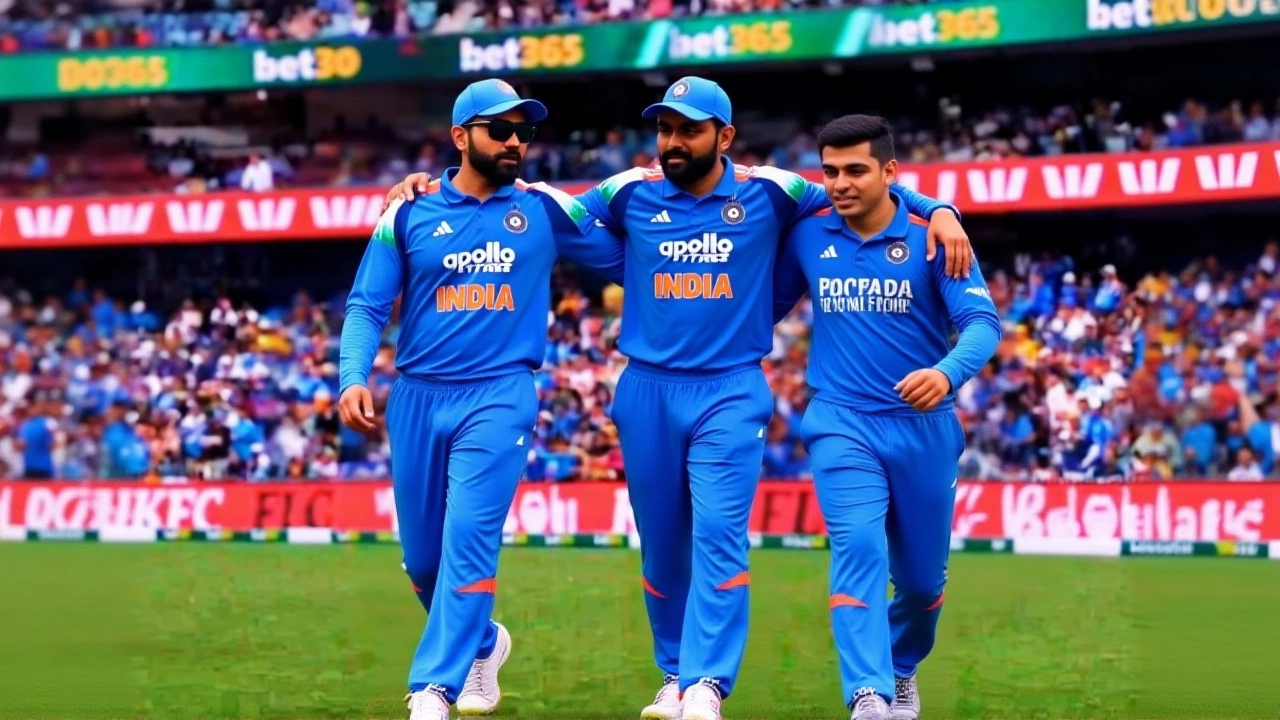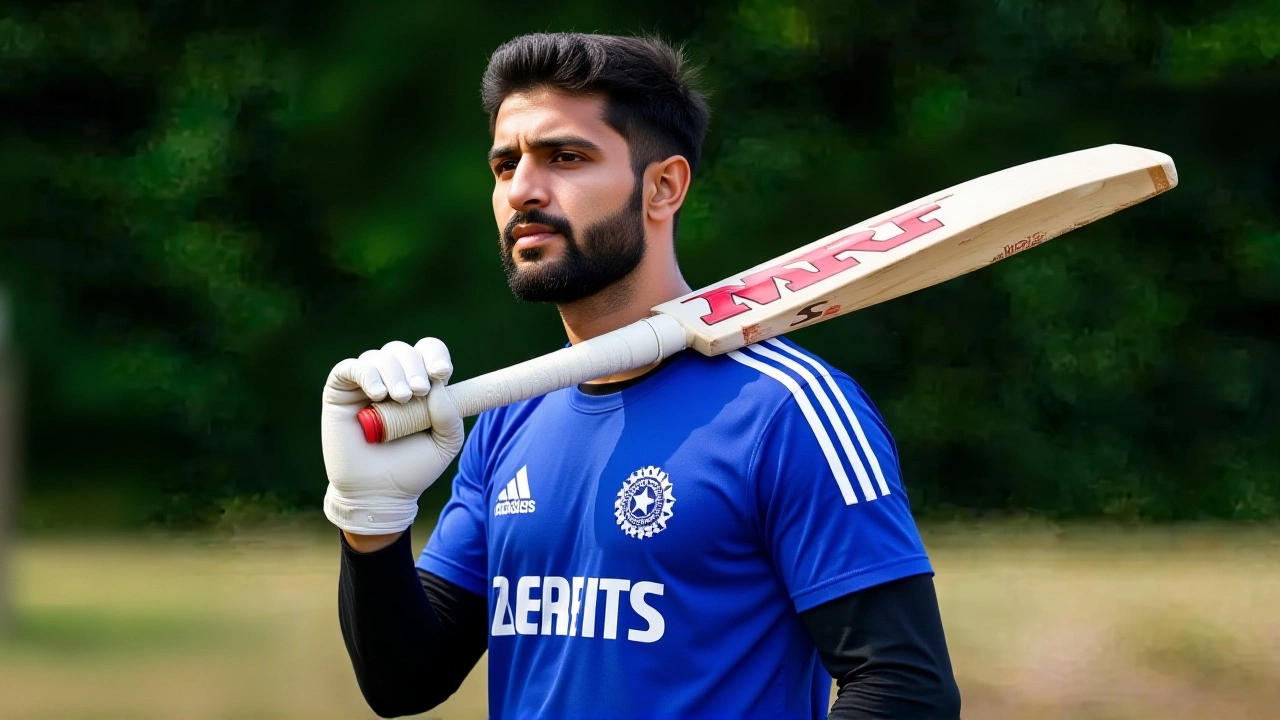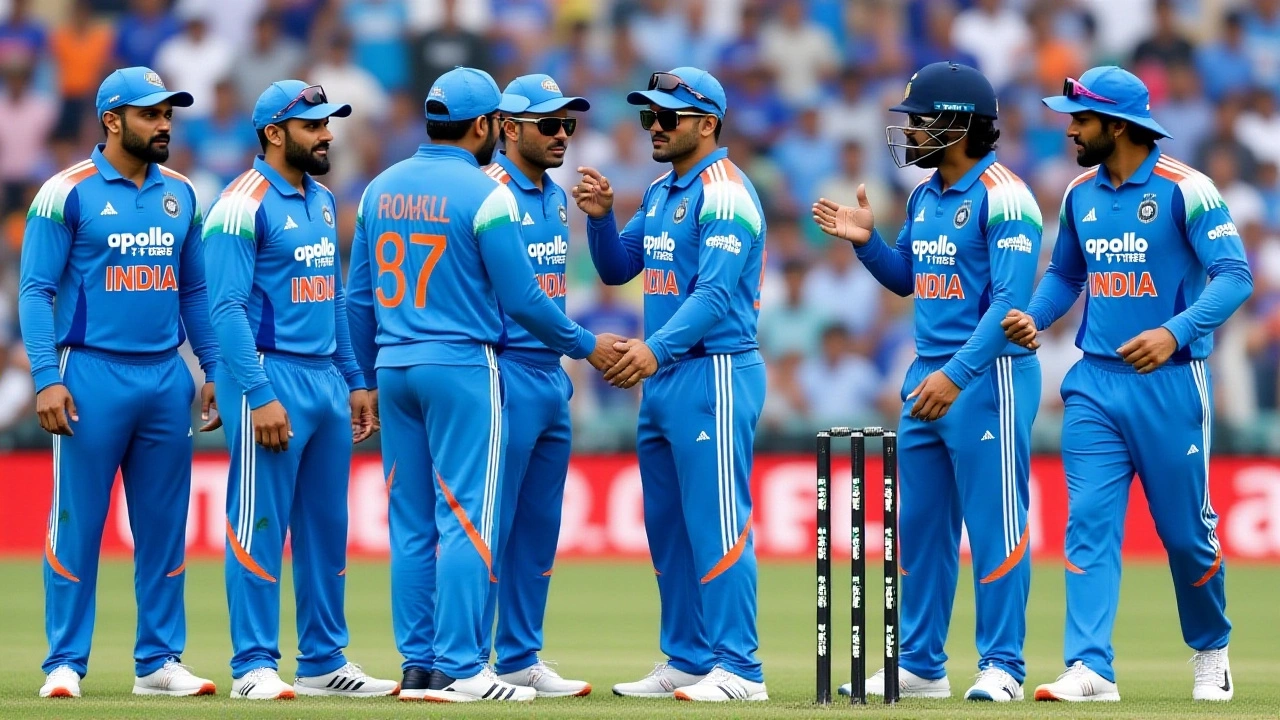When KL Rahul stepped onto the field in Kolkata last week, no one expected he’d be holding the Indian captain’s armband just days later. But with Shubman Gill sidelined by a neck injury and Shreyas Iyer recovering from a splenic rupture, the BCCI had no choice but to hand the reins to Rahul — a veteran who’s quietly built one of the most successful captaincy records in modern Indian cricket. The announcement came on , just hours after the team’s medical team confirmed both stars would miss the upcoming three-match ODI series against South Africa, starting .
Two Captains, Two Serious Injuries
Gill’s injury happened during India’s first Test in Kolkata on . He was batting on 12 when he winced mid-shot, clutching his neck after a clumsy follow-through. He managed just three balls before retiring hurt. At Woodlands Hospital, Kolkata, scans revealed more than a simple strain — a deep muscle tear with nerve irritation. "It’s not just a stiff neck," said a BCCI source. "He got an injection for inflammation, but the recovery window is measured in weeks, not days. Pushing him back too soon risks long-term damage."
Meanwhile, Iyer’s ordeal was even more alarming. During India’s final ODI against Australia in Sydney on , he dived to stop a hard-hit shot, landing awkwardly on his left side. He collapsed in pain. Medics suspected internal bleeding. He was rushed to a Sydney hospital and spent three days in ICU. "A ruptured spleen isn’t something you recover from in a fortnight," said Dr. Arun Mehta, a sports physician not involved in the case. "Even after the bleeding stops, the body needs time to rebuild. Two months is the absolute minimum."
KL Rahul: The Unlikely Captain
Enter KL Rahul. At 32, he’s the oldest player in the current ODI squad — and statistically, the most successful captain in recent memory. He’s led India in 12 ODIs, winning eight. His three Test captaincy stints yielded two wins, and his lone T20I as skipper? A comfortable victory against Sri Lanka in 2023. "He’s calm under pressure, communicates well, and has the respect of everyone," said former India captain Rahul Dravid in a recent interview. "He doesn’t need to be the loudest voice — he leads by doing."
Rahul’s appointment isn’t just about experience — it’s about stability. With Gill and Iyer out, India’s middle order looked vulnerable. The selectors turned to Ruturaj Gaikwad, who smashed 117 and 68* in three unofficial ODIs for India A against South Africa A in Rajkot last week. His form was too hard to ignore.
Shreyas Iyer’s spot in the batting order went to Tilak Varma, 22, who also impressed against South Africa A. He’s now the vice-captain — a huge leap for a player who’d played just five ODIs before this selection.

Rest, Rotation, and Risk
India’s injury crisis isn’t limited to the top. Jasprit Bumrah and Mohammed Siraj — the two spearheads of the bowling attack — are being rested after a grueling Australia tour. Hardik Pandya, still rehabbing a quad strain, is out too. Even Mohammed Shami, despite his experience, was left out — a sign the selectors are looking ahead to the T20I series.
That’s where the real test lies. After the three ODIs, India plays five T20Is against South Africa in December. Gill’s availability for that series? "Uncertain," says a senior selector. "We’re looking at a potential return window in January 2026 — but only if his neck responds perfectly to rehab."
And then there’s Ravindra Jadeja. At 35, he’s the elder statesman. With Akshar Patel’s recent form — just two wickets in three ODIs — Jadeja is being considered for a recall. His all-round ability could be the glue holding this thin middle order together.

What This Means for Indian Cricket
This isn’t just about missing two star players. It’s about a team in transition. Gill, 25, was the future. Iyer, 29, was the bridge between eras. Their absence forces India to accelerate its generational shift. Gaikwad and Varma — both under 30 — now carry the weight of expectations. Rahul, while reliable, is nearing the end of his international career. The next six weeks will tell us whether India has the depth to survive a crisis — or if it’s built on too few pillars.
Meanwhile, in Guwahati, Rishabh Pant is leading India in the second Test — his first captaincy assignment since returning from injury. The message from the BCCI is clear: no one is untouchable. No one is indispensable.
Frequently Asked Questions
Why is KL Rahul being trusted with captaincy now?
KL Rahul has led India in 12 ODIs, winning eight — the highest win rate among Indian captains since 2020. He’s calm under pressure, has strong tactical awareness, and has already captained in Tests and T20Is. The BCCI sees him as a stabilizing force during this injury crisis, not just a placeholder.
How serious are Gill’s and Iyer’s injuries?
Gill has a deep neck muscle tear with nerve irritation — not a simple strain — requiring weeks of rest and rehab. Iyer suffered a ruptured spleen, a life-threatening injury requiring ICU care. Recovery takes at least eight weeks, with doctors warning against rushing back. Both are unlikely to feature in the T20I series.
Who are the new players in the ODI squad?
Ruturaj Gaikwad, fresh off scores of 117 and 68* against South Africa A, replaces Iyer in the middle order. Tilak Varma, 22, steps up as vice-captain after impressing in the same series. Ravindra Jadeja is a strong contender to replace Akshar Patel, whose recent form has been underwhelming.
Will Bumrah and Siraj play the T20I series?
Both are being rested after a heavy workload in Australia. The BCCI is managing their workload ahead of the 2026 T20 World Cup. Their return is expected only if they show full fitness in the next month — but they’re unlikely to play before December 20.
What’s the timeline for Gill’s return?
BCCI selectors have flagged January 2026 as a potential return window for Gill — but only if his neck responds perfectly to rehab. There’s no guarantee he’ll play in the T20I series. The team is prioritizing long-term health over short-term gains.
Is this a sign of deeper problems in Indian cricket?
Yes. Losing two key players to serious injuries within days highlights a lack of depth in the middle order and a reliance on a small group of stars. The BCCI’s strategy of rotating players is now under scrutiny. If Gaikwad and Varma fail, India may face a leadership and performance vacuum in 2026.
